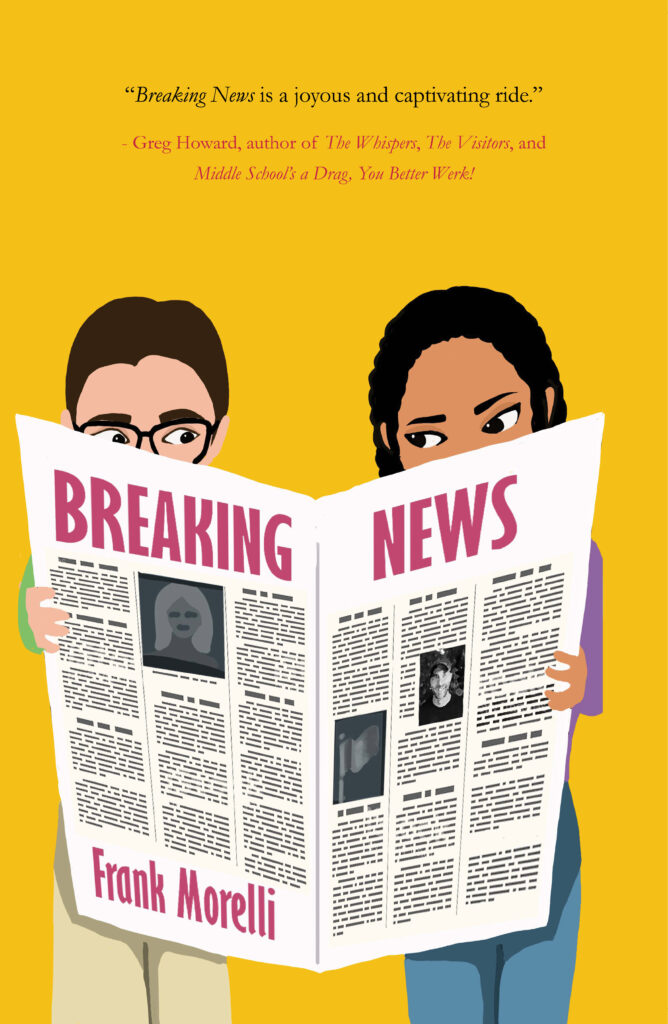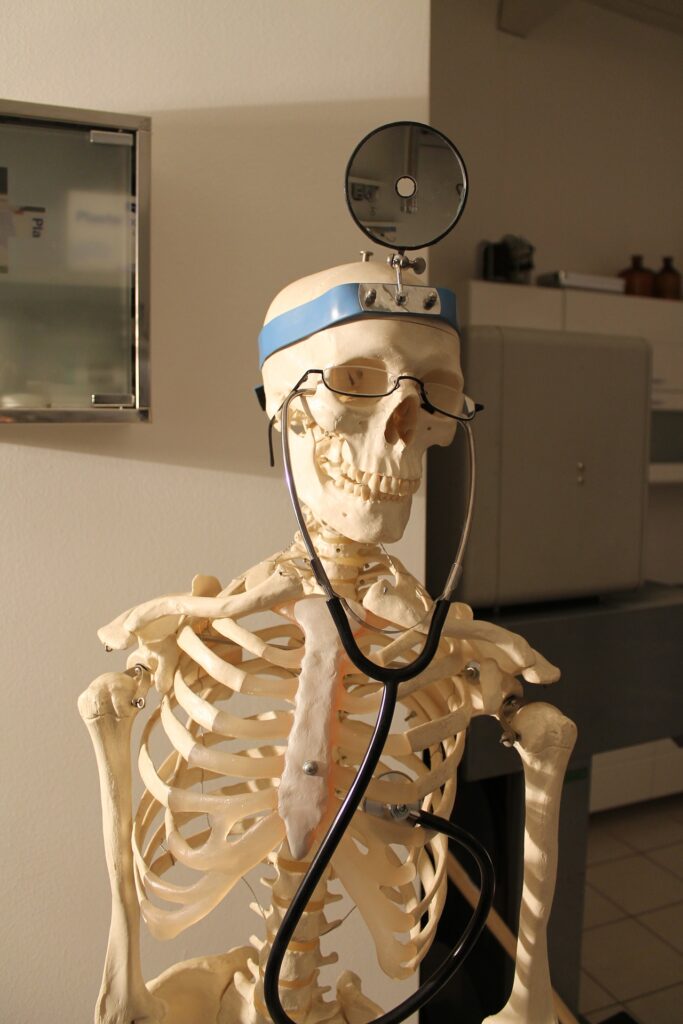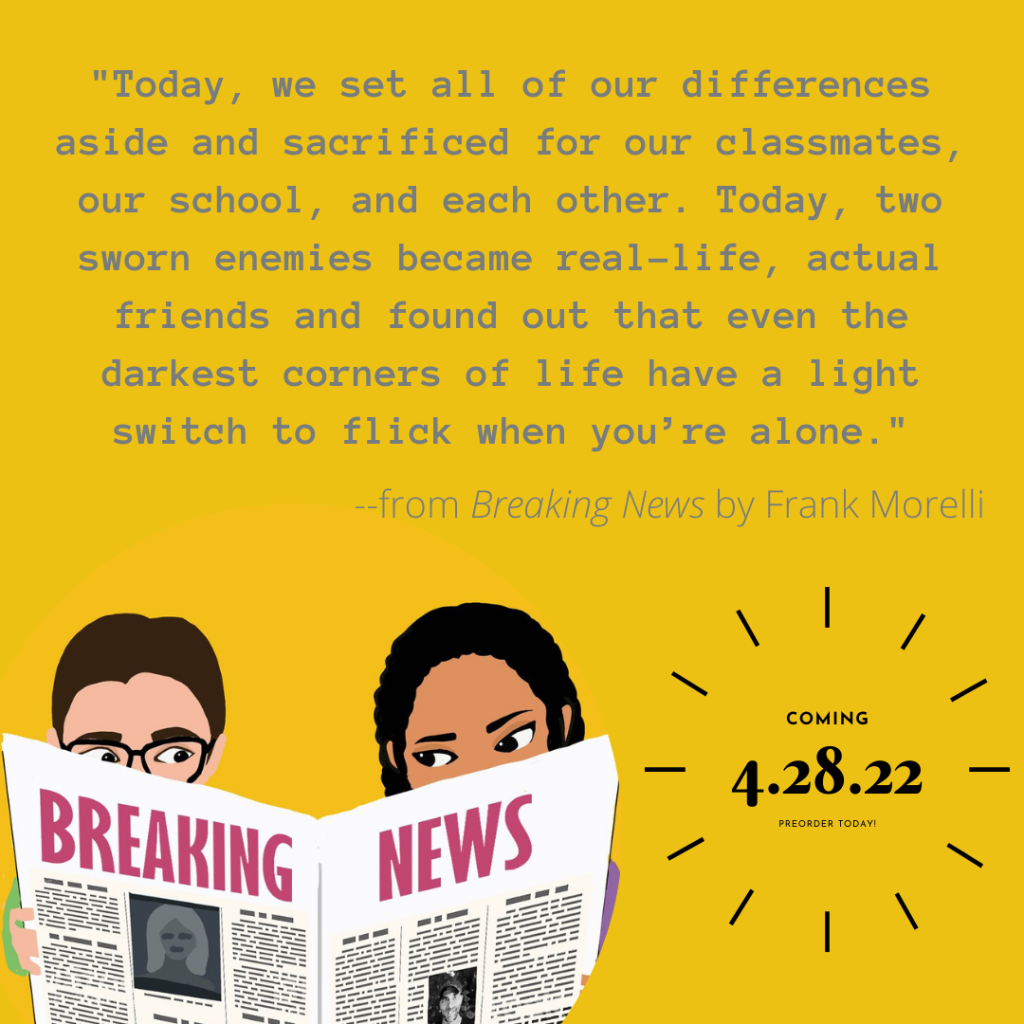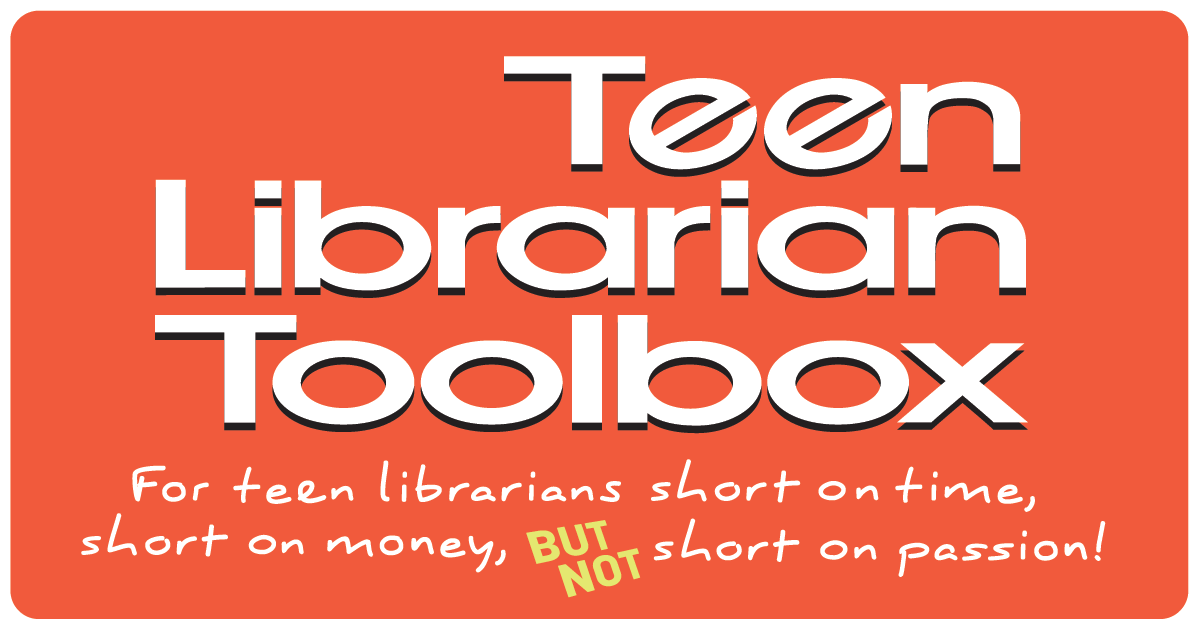Fact Versus Fiction in Middle Grade Literature, a guest post by Frank Morelli

Believe it or not, I went to college with aspirations of becoming a doctor. And not a doctor of words and ideas with a bunch of (admittedly) cool letters after my name, either. I wanted to be a medical doctor who could wield an ordinary scalpel the way Wayne Gretzky handles a hockey stick. Wait…in medical terms, that might not be a good thing. Which, in my case, might actually make sense.
See, I hadn’t taken into account a few of the more seismic personal variables that would dash my rapid and decorated ascent to the advisory board at Johns Hopkins before it ever got off the ground. In no particular order, these variables would be my utter incompetence with anything mechanical, mathematical, or chemical; my semi-crippling phobia of hospitals; and a pretty strong aversion to any blood that is not currently on the inside of my body.
ADVERTISEMENT
ADVERTISEMENT
These realizations led me to ask: Frank, why on Earth did you ever think you’d become a medical doctor? And the more pertinent question: Frank, are you kidding me, dude?

But then I started to think: maybe there’s a single aspect of practicing medicine–maybe the most basic truth at the heart of it–that attracted me to the profession in the first place. Maybe that’s all it ever was. And maybe, if I think long and hard enough and trace my childhood when-I-grow-up stories back to the root, I can understand that truth and find another path in life. The right one this time.
And I did. I racked my brain and rummaged through all my memories and I figured out why I wanted to be a doctor; what the basic truth at the heart of practicing medicine had been for me.
It turned out to be the truth itself.
Or, at least, the process one goes through in order to obtain it. The act of searching for a tiny shred of information among all the vials and petri dishes in all the labs around the globe, eliminating falsehoods in each painstaking round of trials, until that singular truth shines bright under the microscope. Or the ability to steel oneself and deliver another agonizing truth to a family of four about the fate of their loved one. Or just having the presence of mind to understand, at all times, that fact and research and the bald-faced truth are the greatest resources humanity has when it comes to saving lives.
Those were values I could get behind. Those were the ones that drew me in. But I still couldn’t get past the dissection part. Or the whole chemical reaction part, either.
So, this was just a really long way of telling you I took the plunge into journalism.

I changed my major, starting writing and editing for the college newspaper, and took on a job covering local news for a small media outlet. I loved it. Every day brought a new set of variables, a whole new cast of characters, and an ever-present search for the truth. But it also brought with it the power of perspective and the weapon of context. It proved to me that the omission of a key fact or a simple misquote could alter a reader’s viewpoint on a story in ways that were sometimes unpredictable–but were sometimes predicated on the more simple and devious act of thieving that reader’s attention.
I guess that’s how I ended up here, writing this post. Because one day I decided my search for truth would be better realized writing fiction for middle grade and young adult readers. I know that sounds odd, but I have an explanation.
See, I’ve never practiced medicine, and I haven’t practiced journalism since the turn of the century. But even back then, the push to attract readership with salacious headlines that sometimes didn’t quite match the content of the articles on which they sat was a very real pressure for journalists.

In the eternity since then, the online age has exploded and the sheer abundance of news has flooded us from a litany of social media platforms, alternative news sources, streaming services, you name it. Literally anyone on Earth with internet access has the ability to post, share, and comment on so-called news, creating ample opportunity for hostile groups and even nation-states to propagate and spread misinformation that can be used to undermine the very fabric of our society.
It also goes without saying that the act of weaving through all of the misinformation to find the truth has become an increasingly uphill climb. In a 2018 study published in Science, professors at MIT found that falsehoods on social media are 70 percent more likely to be spread than the truth–a number that gets even more pronounced during election cycles or when paid bots so gleefully assist a cause. I mean, things are generally not getting easier to decipher in a world where a recent ‘Word of the Year’ entry in the Oxford Dictionary was “post truth”.
The simple truth is, there has never been a time in history when simply knowing the truth was such a monumental task. Now imagine what that task must look like to a young reader.
And this is where fiction meets reality–or, in this case, the truth. This is why I needed to take all of my experiences in journalism, roll them up with what I’ve learned about student readers in my role as an educator, and pack them into a multi-narrated mystery/detective story that unfolds in the halls of a middle school. It’s why I wrote my new middle grade novel, Breaking News. Because if there’s one superpower I’d like to help my readers develop, it’s the power of critical thinking.
In fact, those professors at MIT? They also found a strong connection between the discernment of factual information versus misinformation in individuals who were digitally literate and who possessed strong critical thinking skills, and other studies suggest that a working knowledge of how news outlets produce the news increases that discernment.
I couldn’t think of a better way–a more human way–to approach each of these objectives than with the power of a story. But not just any story. A story structured in a way that would simulate the very spread of misinformation so that young readers can be provided with a low stakes opportunity to uncover truth amidst a minefield of utter nonsense.
So, I split my new middle grade mystery novel between three narrators–one, a straight-shooting reporter for the school newspaper, another an indie press pioneer, and the third a hard-nosed student investigator–and I had them tell the story through their primary documents alone: news clippings, recordings, phone conversations, field notes, and journal entries.
I set them all against each other in a hunt for the one classmate who could have pulled off the only heist in school history. And I may have also pulled a dirty trick on each one of them by connecting them in some microscopic way to the crime. And, well, I let them do what humans are apt to do. I let them spin their stories in the directions that served them best as individuals, and I let them try to find their own escape from the tangled webs that inevitably trapped them.

ADVERTISEMENT
ADVERTISEMENT
But, more importantly, I tried to let the reader spot the misinformation. I tried to invite the reader to analyze the motives of my narrators, and to search beyond their words to see how a perspective can be shaped and subsequently used to an advantage. On every page, I want my readers to call out the personal biases of each of my characters, and to question how a specific selection of words may have been strung together to promote a preferred viewpoint over the truth. And I want them to be able to take the ultimate step of tracing back those motives and viewpoints to see how they inadvertently shaped what my characters came to understand as the truth.
In a few words, I believe in the power of readers. I want to contribute to the building of a generation of readers who can successfully drown out the noise to find the truth. If authors, educators, artists, and parents are intentional in providing opportunities for young readers to hone their critical thinking skills while basking in the glow of a good story or a game or a piece of artwork, it’s entirely possible. I think we can get it done.
I mean, it’s not surgery or anything. And I’m thankful for that.
Meet the author

Frank Morelli is the author of the young adult novels On the Way to Birdland (2021) and No Sad Songs (2018), a YALSA Quick Picks for Reluctant Readers nominee and winner of an American Fiction Award for best coming of age story. His latest middle grade novel, Breaking News, is due out from Fitzroy books on April 28. A Philadelphia native, Morelli now lives in High Point, NC with his army of fur babies and an ever-present longing for a good cheesesteak.
Author Links:
Twitter – @frankmoewriter
Instagram – @frankmorelliauthor
Breaking News Direct Purchase Link

About Breaking News
Things don’t usually come to a screeching halt at the RAT, also known as Ridgewood Arts & Technical School, Ridgewood City’s most prestigious progressive institution. But that’s what happens when Headmistress Hardaway interrupts class and announces, “A scandal has rocked the fundraising committee!” Everyone’s a suspect and Hunter Jackson, student council special investigator, vows to root out the student who’s heartless enough to steal donation money or die a death of a thousand forensic notes trying. He’s not alone. Ridgewood Roar news editor, Anthony Ravello, and the rogue, indie-press pioneer, Liberty Lennon, plan to do some journalistic digging of their own in a race against each other to scoop the truth, the whole truth, and nothing but the truth to their faithful readers…or at least their versions of it. With the truth getting murkier by the day, all students at the RAT can do is gobble up news bytes and wash them down with locker-side gossip as they try to unmask the classmate responsible for the missing funds.
ISBN-13: 9781646031856
Publisher: Regal House Publishing
Publication date: 04/28/2022
Age Range: 9 – 12 Years
Filed under: Guest Post
About Amanda MacGregor
Amanda MacGregor works in an elementary library, loves dogs, and can be found on Twitter @CiteSomething.
ADVERTISEMENT
ADVERTISEMENT
SLJ Blog Network
2024 Books from Coretta Scott King Winners
The Ultimate Love Letter to the King of Fruits: We’re Talking Mango Memories with Sita Singh
Double Booking | This Week’s Comics
Parsing Religion in Public Schools
ADVERTISEMENT







